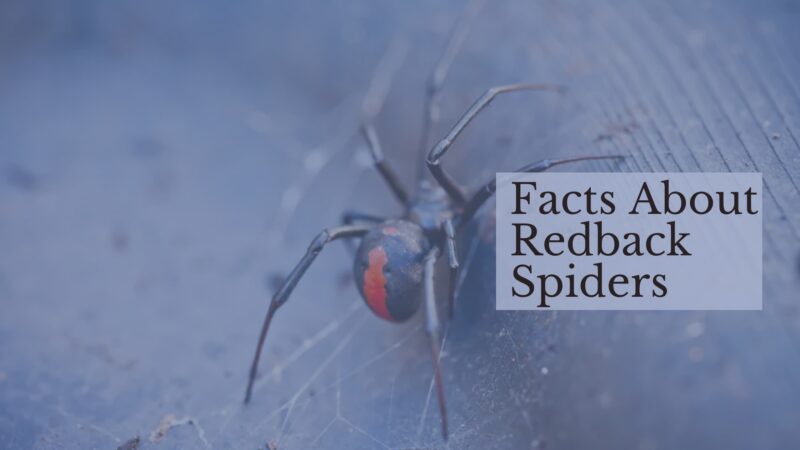Have you ever wondered about the small and mysterious creatures that inhabit our world, the ones that spark intrigue, fear, and fascination in equal measure? Let’s unravel the enigma that is the Redback Spider (Latrodectus hasseltii), a species that captivates as much as it terrifies. Here are 20 fascinating facts about these unique arachnids.
1. A Native of Australia
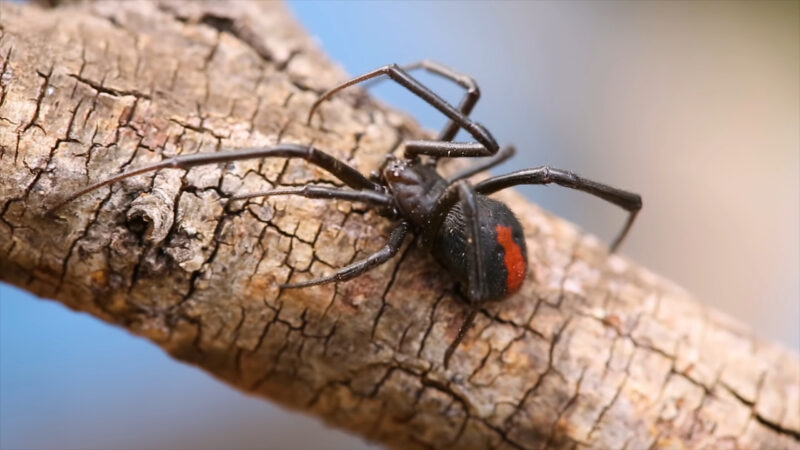
Originally from Australia, the Redback Spider has found its way to different parts of the world. This migration has occurred through human activities such as international trade and travel. However, despite their expansion, they remain most commonly encountered in Australia. They thrive in both natural and urban environments and have an uncanny ability to adapt to human settlements.
2. Distinguished by their Appearance
Redback Spiders are striking creatures, with their glossy black bodies and the characteristic red or orange stripe down their abdomen. The females, known for their larger size (up to 1 cm body length), sport a more vibrant coloration compared to the males, which are smaller, paler, and less venomous.
3. Sexual Cannibalism – A Twisted Mating Ritual
The mating ritual of the Redback Spider can be best described as macabre. Post-mating, the female often consumes the male, who seems to actively participate in his demise by somersaulting into her jaws. This chilling act of sexual cannibalism is believed to increase the male’s paternity success by prolonging copulation, thereby transferring more sperm.
4. A Lifespan Drastically Different
Female Redback Spiders enjoy a relatively long life, living up to two to three years in the wild. Males, on the other hand, typically survive only for about six to seven months. Their brief lives often meet an abrupt end following mating, courtesy of their cannibalistic partners.
5. Building Irregular Webs
Redback Spiders build irregularly shaped, sticky webs, usually situated near the ground level. These webs serve as their abode and an effective trap for their prey. They prefer dry, secluded spots to set up their home, such as under logs and rocks or in the corners of man-made structures.
6. A Varied Diet
Redbacks are opportunistic predators with a varied diet. While insects form the bulk of their meals, they are also capable of preying on larger creatures that accidentally find their way into the spider’s web, such as small reptiles and rodents.
7. Venomous Bite
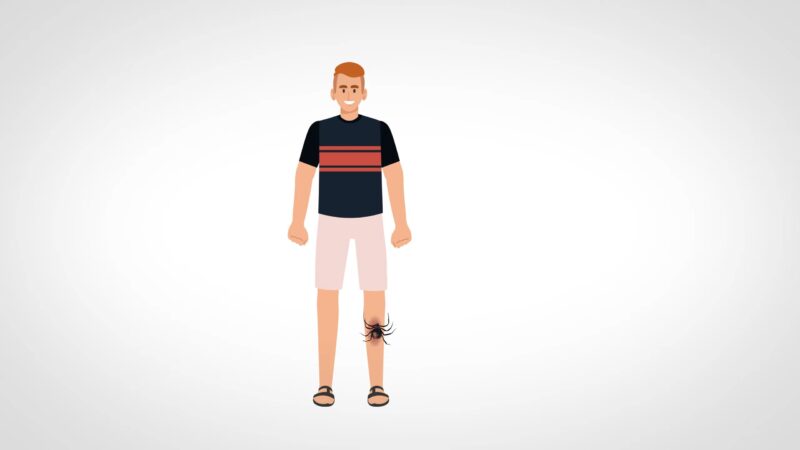
A bite from a Redback Spider is not to be taken lightly. They are one of the few spider species that pose a significant threat to humans. The venom they deliver can cause serious illness, characterized by intense pain, sweating, rapid heartbeats, and swollen lymph nodes.
8. Effective Antivenom
Despite the danger posed by their venom, medical advancements have rendered Redback bites manageable. An effective antivenom was introduced in 1956, and there have been no recorded deaths from a Redback bite since then. First aid for a Redback bite typically involves applying a cold pack to the bite site and seeking immediate medical attention.
9. No Web-Shaking for Males
In contrast to males of many other spider species who shake their webs to announce their presence to females, male Redbacks abstain from this behavior. It is hypothesized that this could be a survival tactic to avoid triggering their potential mates’ predatory instincts.
10. The Silk Connection
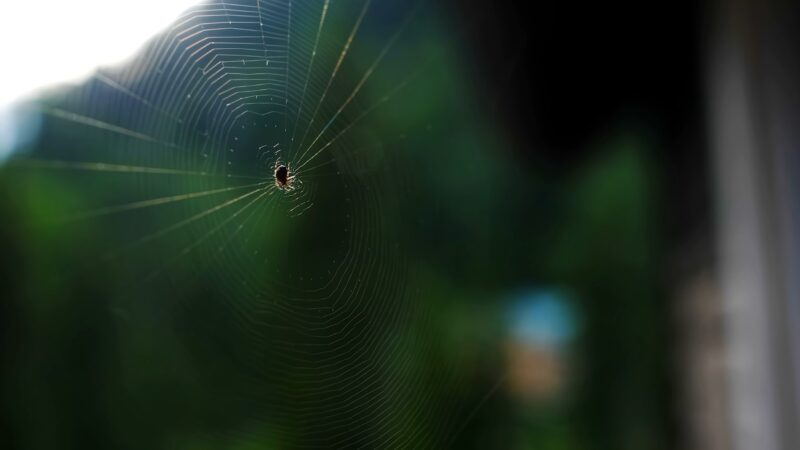
The silk produced by Redback Spiders is incredibly strong and elastic, sparking interest among scientists. Research is currently underway to understand its unique properties, composition, and potential applications in fields such as medicine and engineering.
11. They Love Warm Weather
Redback Spiders are lovers of warm climates. They are more active during the hotter months, making them more noticeable during Australian summers. Their activity often spikes during heatwaves, leading to increased encounters with humans.
12. Nighttime Hunters
Redbacks are nocturnal creatures. They stay hidden in their webs during the day and venture out when the sun goes down. Nighttime is when they repair their webs, hunt, and in the case of males, seek out potential mates.
13. Female Redbacks Are Solitary
Female Redbacks lead a solitary life. Apart from the mating season, they are loners and do not interact much with their kind. This solitary behavior has survival advantages such as reduced competition for food and decreased exposure to predators.
14. Baby Redbacks – Safety in Numbers
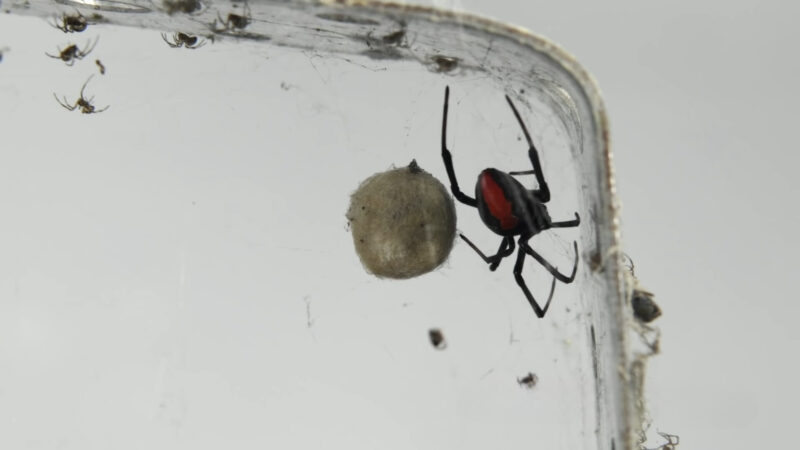
Newly hatched Redback spiders are not as solitary as their mothers. After hatching, the spiderlings tend to stay together for a while before going their separate ways. During this phase, they form clusters, providing them with safety in numbers against potential threats.
15. Protective Mothers
Despite their solitary nature, female Redbacks are fiercely protective mothers. They guard their egg sacs until the spiderlings hatch, which typically takes around two to four weeks. The egg sacs are carefully woven into the web, ensuring their safety from potential predators.
16. Amazing Climbers
Redback Spiders, despite their small size, are skilled climbers. They can set up their webs in elevated locations, which helps them capture a wider variety of prey, including flying insects and small tree-dwelling animals.
17. A Symbol in Pop Culture
The Redback Spider is often used as a symbol of dangerous and exotic Australian wildlife. It features in various forms of media, including songs, TV shows, and even on a commemorative coin issued by the Royal Australian Mint in 2006.
18. Research Subjects
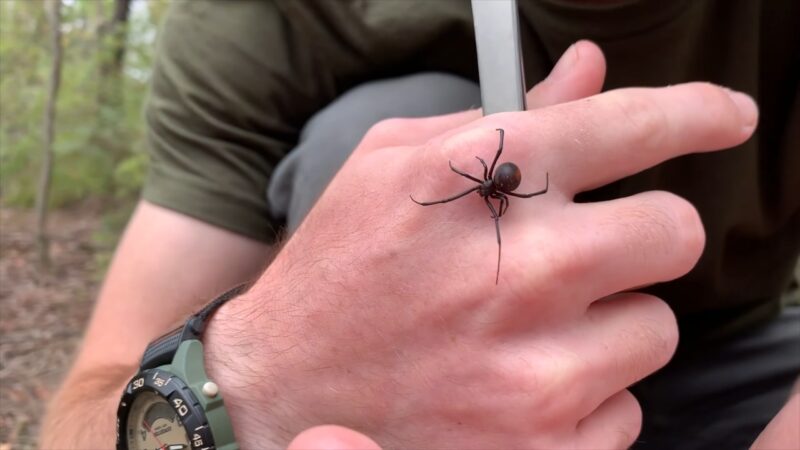
Given their potent venom, unique reproductive behavior, and robust silk, Redback Spiders are of great interest to the scientific community. Studies on these spiders are contributing to the broader understanding of various biological aspects, venom toxins, and the potential for developing biomaterials from their silk.
19. Population Control
Redback Spiders play an important role in the ecosystem by controlling the population of various insects, including some pest species. Their predatory nature helps maintain a balance, underscoring the importance of even the most feared creatures in our environment.
20. They Survive in Urban Areas
Redback Spiders are urban survivors. They have adapted remarkably well to human habitats, making themselves at home in quiet, dark corners of houses, sheds, or amongst piles of rubbish. Their adaptability to urban environments makes encounters with these spiders relatively common, emphasizing the need for public awareness and caution.
FAQs
1. What does a Redback Spider look like?
The adult female is easily recognized by her spherical black body with a prominent red stripe on the upper side of her abdomen and an hourglass-shaped red/orange streak on the underside. Females usually have a body length of about 10 millimeters, while the male is much smaller, being only 3–4 millimeters long.
2. What is the behavior of a Redback Spider?
They are mainly nocturnal. The female redback lives in an untidy web in a warm sheltered location, commonly near or inside human residences. It preys on insects, spiders, and small vertebrates that become ensnared in its web.
3. How does a Redback Spider capture its prey?
It kills its prey by injecting a complex venom through its two fangs when it bites before wrapping them in silk and sucking out the liquefied insides. Often, it first squirts its victim with what resembles ‘superglue’ from its spinnerets, immobilizing the prey by sticking the victim’s limbs and appendages to its own body.
4. What is the mating behavior of Redback Spiders?
The Redback Spider is one of a number of arachnids that usually display sexual cannibalism while mating. After mating, sperm is stored in the spermathecae, organs of the female reproductive tract, and can be used up to two years later to fertilize several clutches of eggs.
5. How harmful is a Redback Spider to humans?
It is one of the few spider species that can be seriously harmful to humans. Its venom gives rise to the syndrome of latrodectism in humans; this starts with pain around the bite site, which typically becomes severe and progresses up the bitten limb and persists for over 24 hours. An antivenom has been available since 1956.
6. What is the lifespan of a Redback Spider?
Males live for up to six or seven months, while females may live between two and three years.
7. Where can Redback Spiders be found?
This species is widespread across Australia and is also found in Southeast Asia and New Zealand. It is particularly common in Brisbane, Perth, and Alice Springs. It is also found in close proximity to human residences.
8. How do Redback Spiders reproduce?
Once the female has mated, the sperm is stored in one or both of her spermathecae. The sperm can be used to fertilize several batches of eggs over a period of up to two years. A female spider may lay four to ten egg sacs, each of which contains, on average, around 250 eggs.
9. How have Redback Spiders spread to other countries?
The Redback Spider’s affinity for human-modified habitat has enabled it to spread to several countries via international shipping and trade. Furthermore, its tolerance to cold means that it has the ability to colonize many temperate countries with a winter climate cooler than Australia.
Final Words
The Redback Spider, a creature as fascinating as it is feared, is an integral part of our natural world. Their unique biology, behavior, and ecological role serve as reminders of the intricate web of life that connects all organisms.
Their remarkable adaptability to human environments underscores our shared space on this planet, necessitating a harmonious coexistence. Even as we exercise caution around these venomous creatures, let’s not forget to admire their place in the grand scheme of nature. They offer us a valuable lens to appreciate the stunning diversity of life forms and the complex relationships that sustain our world.
Related Posts:
- 10 Reticulated Python Facts, Pictures, Video & Information
- 10 Common Mudpuppy Facts, Pictures & Information
- 10 Arctic Ground Squirrel Facts, Pictures & Video:…
- 15 Ugliest Animals in The World - Pictures,…
- What Is the Difference Between Insects and Spiders?…
- Is A Spider An Insect? What Are The Similarities &…


